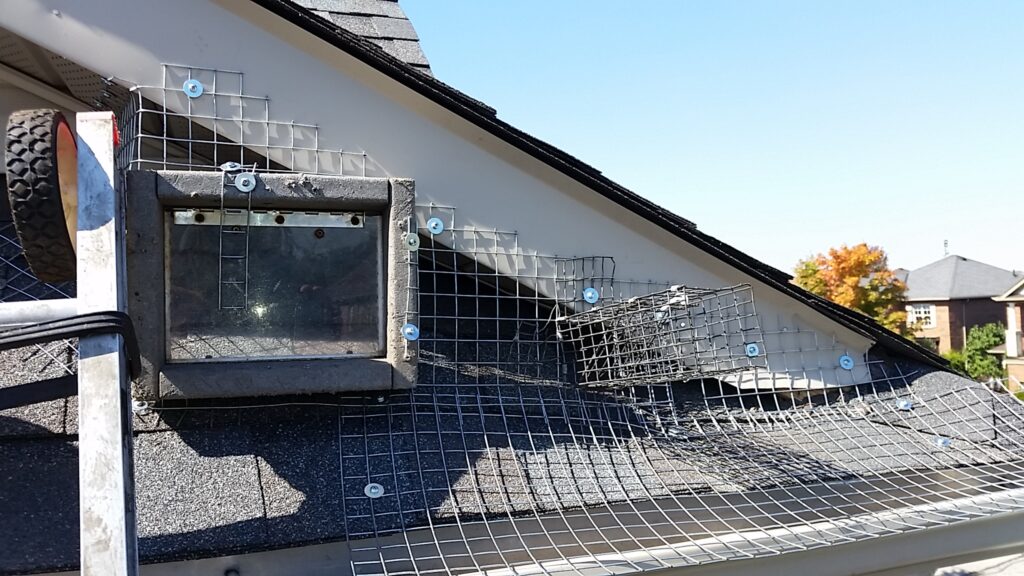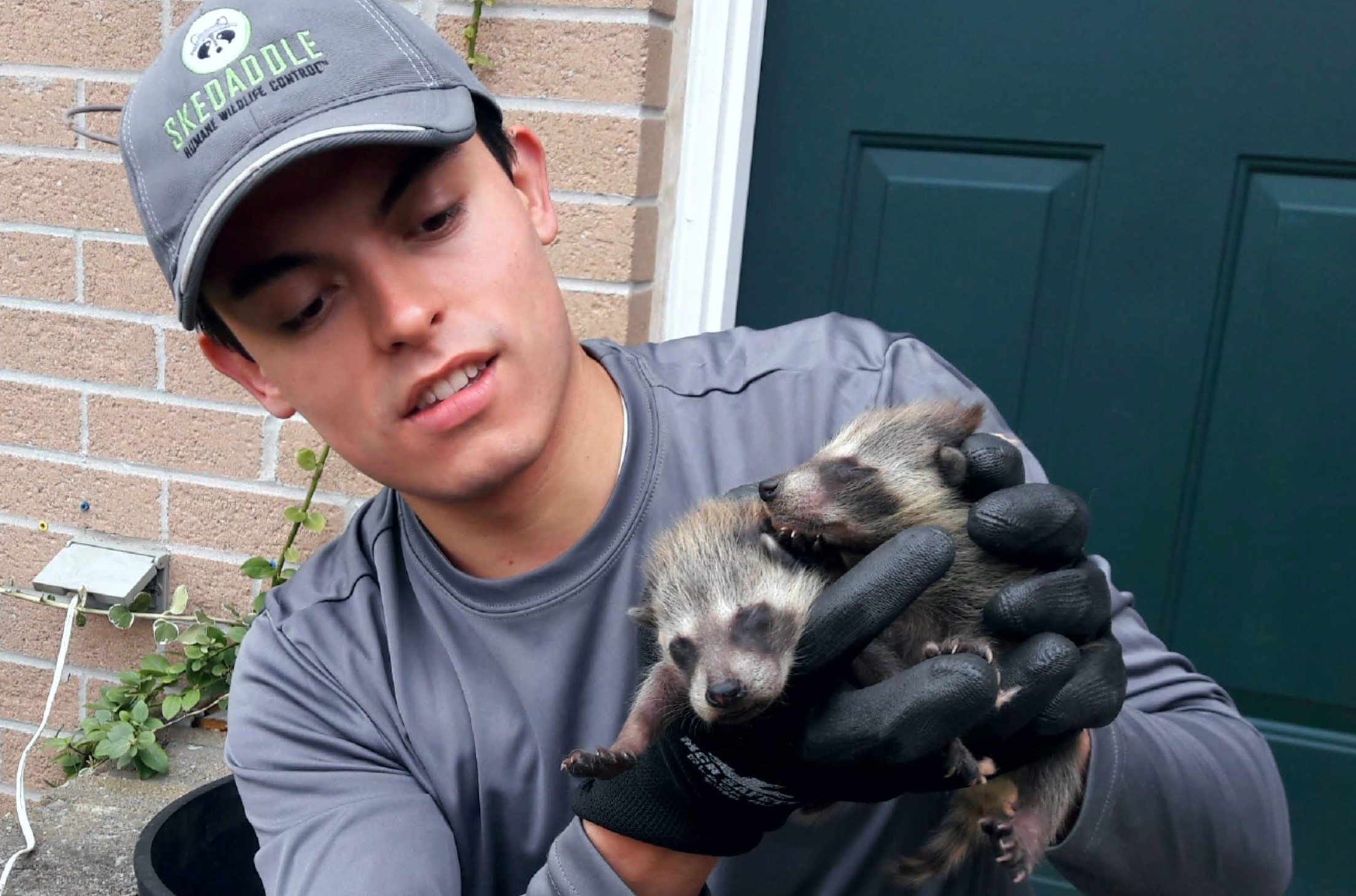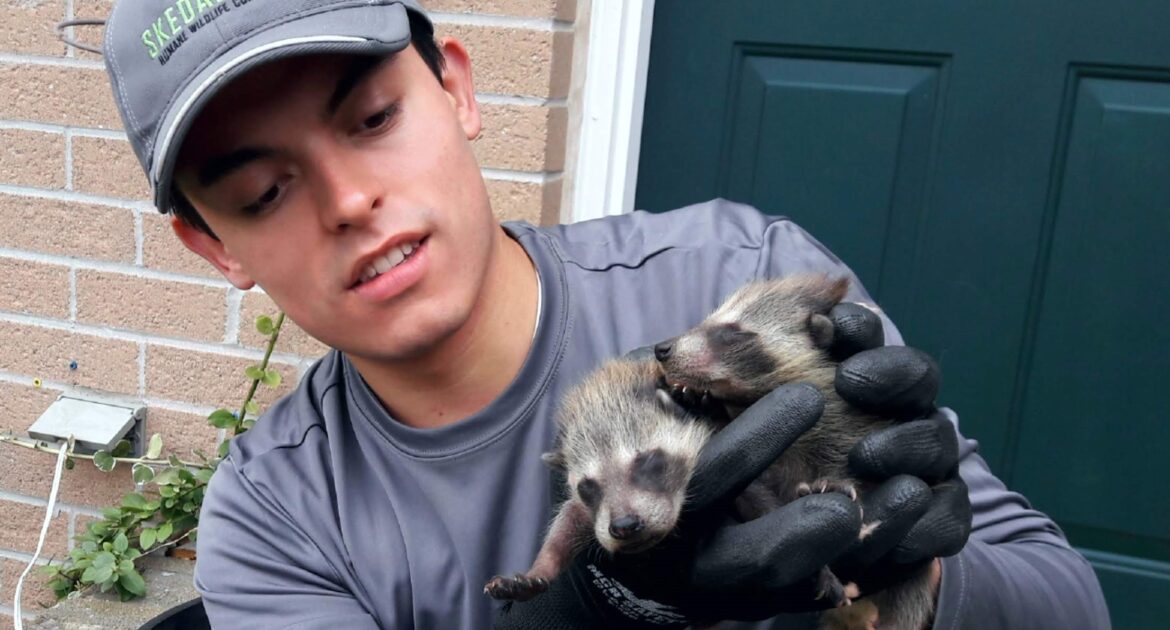Wildlife control in Richmond Hill often receives calls that involve dual animal occupancies. Homeowners find the occurrences strange, but it happens.. Still, people often wonder if such incidents ever include squirrels and raccoons because each is a known home intruder. The answer is not so cut and dry.
Understanding the Possibility of a Dual Invasion
The odds of a squirrel and raccoon invading your home and living side by side is unlikely but not impossible. Each species has unique characteristics that may make it inconspicuous of the others. To further understand the unlikely cohabitation and how it can sometimes occur, there are four things you need to know.
1. Squirrels Are Diurnal
Squirrels are a diurnal species. A diurnal animal is one that is awake during the day. Squirrels have a similar sleep-wake cycle to humans. Because the animal is awake and likely foraging during the day, it is less likely to be in the house when a raccoon might be. Also, you are less likely to hear noises in the afternoons or late evenings when a squirrel is either out or asleep.
2. Raccoons Are Nocturnal
Raccoons are nocturnal animals, meaning they are awake after dusk. Because raccoons are nocturnal, they are awake when squirrels are sleeping. Having opposite sleep-wake cycles means squirrels and raccoons are less likely to see or bother one another, even if sharing a living space, such as an attic.
3. Raccoons Are Territorial
While squirrels and raccoons can occupy the same living space, it is unlikely. Raccoons are territorial animals and do not like sharing their areas. Male raccoons usually live alone. Female raccoons will nest when pregnant or with new pups, but they, too, keep their distance from other animals.
4. Squirrels Are Defenseless
While squirrels can bite or scratch when they feel threatened, they do not represent much of a challenge to raccoons, which are larger and stronger. In effect, squirrels are defenceless against raccoons, so they tend to keep their distance from the territorial animal. However, there are instances when you will find both animals living in the same house.
Learning Which Species Is in Your Home
Raccoons and squirrels can make relatively distinctive sounds when they live in a home. The sounds of the animal can provide clues as to its species. For example, you might hear scratches and chattering in the early evening or morning if a squirrel is in your house. The sounds are most apparent when the animal wakes and leaves the house or returns in the evening.
You likely have a raccoon if you hear louder thuds or heavy walking in the evening or before dawn. Raccoons are much larger and more active at night.
Watching Out for Damage
Both animals can cause significant damage to your property. Squirrels, like most rodents, are incessant chewers, and they will chew on wires in the walls and attic, which can cause fire hazards.
Raccoons will also cause damage, but it is usually more focused and purposeful. For example, a raccoon may peel back siding to allow easier access to an attic space. Regardless of which animal is causing damage to your home, you will want to hire squirrel or raccoon removal services.
Acknowledging the Need for a Wildlife Control Service

Too many homeowners attempt wildlife removal on their own. Not only do DIY methods increase the likelihood of injury to you or the animal, but it is also unsafe because of potential disease risks. Professional and humane wildlife control services can ensure you, your family, and the animals are safe.
Are you hearing strange noises from your attic during the day or at night? Contact Skedaddle Humane Wildlife Control to schedule a property inspection to get to the bottom of your problem. Our team can remove squirrels and raccoons safely while cleaning out the damage they leave behind.




